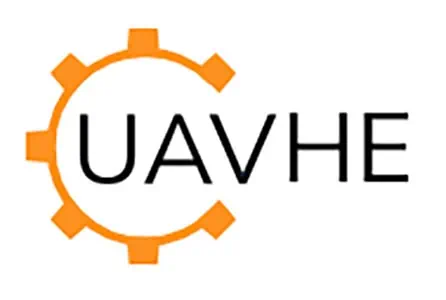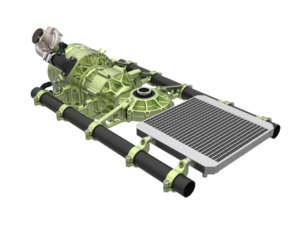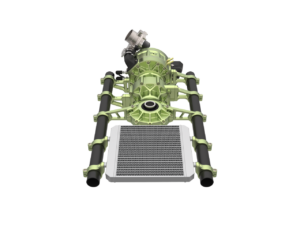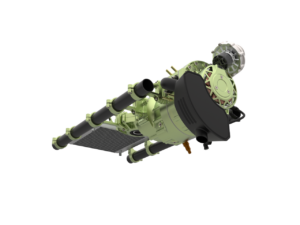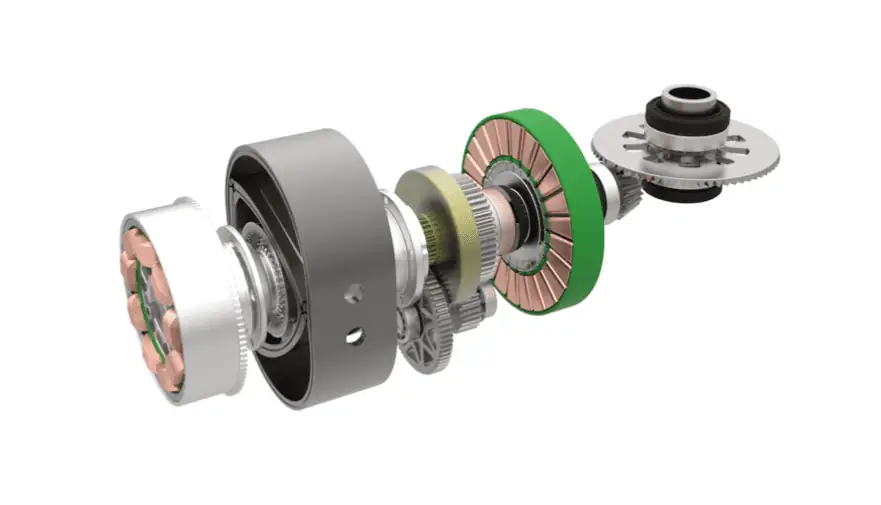
As drones continue to become more prevalent, the need for longer flight time and greater payload capacity is intensifying. In some instances, the value of the payload being transported may surpass the cost of the aircraft itself, prompting designers to consider a significant enhancement in reliability. This is particularly critical for larger, heavier UAVs, where the potential for secondary damage during emergency landings is high and almost always not insured.
Within the UAV engine industry, two predominant philosophies have emerged:
The first approach: casually termed as “RC-aircraft modeling” focuses on creating an economical yet fully functional product with a lifespan measured in hours.
The second approach: informally known as “General Aviation,” aims to consider future certification standards, expected to meet or exceed FAR33. Products developed under this philosophy often feature system duplication, the use of high-grade materials, meticulous pre-design calculations and simulations. Design techniques typically employed in large aircraft and military-grade products are extensively used. Such products’ cost is considerably higher than that of “RC-model” products, and their lifespan can range into hundreds or even thousands of hours.
Engineers at UAVHE SL adhere to the “General Aviation” approach in their engine design and manufacturing process.
The company boasts of a state-of-the-art in-house production facility, equipped with modern CNC machines, casting machinery, a heat treatment and electroplating workshop, and a well-equipped testing and metrology laboratory. A majority of the components, including electronic control units, are produced in-house, adhering to aerospace and milspec standards.
One of their latest offerings, the RW300H engine, is specifically designed for use in large UAV helicopters. The ‘H’ in the name symbolizes both Hybrid and Helicopter. This is a 65hp Rotary (Wankel type) liquid-cooled engine equipped with electronic heavy fuel injection, an electronically controlled supercharger, an integrated transmission with a final ratio of 15:1, and two alternator/boosters.
Technical Specifications
A 22kW electric motor is directly attached to the crankshaft, functioning as a starter and “smart flywheel”. To counter torque fluctuations, the power from the generator is transferred to the ballast battery from supercapacitors only during the active stroke (when the fuel combusts) and is removed during the compression cycle. By regulating the offset and phase overlap of the motor and booster torque, the final torque characteristic is smoothed out, significantly reducing vibrations.
One of the main appeals of hybrid systems like this is the capability to electronically and precisely control the torque. Changes occur at a speed or acceleration similar to that of electric motors. However, the power is derived from fuel tanks, not from limited-capacity batteries. This results in a substantial increase in flight duration, reduced refueling time, and all other benefits associated with internal combustion engine (ICE) aircraft.
 The transmission is comprised of a centrifugal idle clutch and a two-stage gearbox. The engine operates in several fundamental modes – Idling at 3500rpm, midrange at 6000rpm, and flight mode at 8800rpm. At idle and midrange, the centrifugal idle clutch is disengaged, and the engine doesn’t rotate the transmission, it only generates electrical current via the alternator.
The transmission is comprised of a centrifugal idle clutch and a two-stage gearbox. The engine operates in several fundamental modes – Idling at 3500rpm, midrange at 6000rpm, and flight mode at 8800rpm. At idle and midrange, the centrifugal idle clutch is disengaged, and the engine doesn’t rotate the transmission, it only generates electrical current via the alternator.
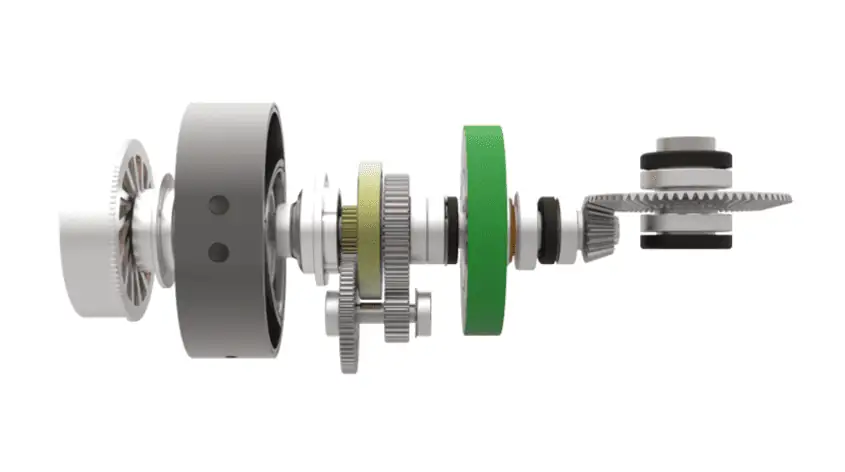 The engine and transmission are equipped with numerous sensors, and advanced algorithms are utilized to monitor the state of the power plant during operation, aiding in failure prevention and prediction of maintenance schedules.
The engine and transmission are equipped with numerous sensors, and advanced algorithms are utilized to monitor the state of the power plant during operation, aiding in failure prevention and prediction of maintenance schedules.
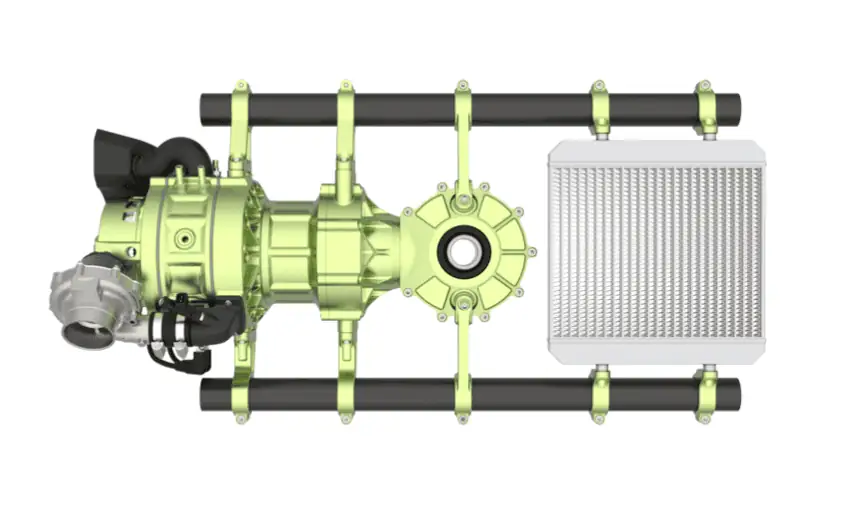
The FADEC control system, connected via a CAN bus, allows the engine ECU to regulate all pumps, fuel supply systems, and the coolant’s circulation through the radiators. The cooling system for the battery pack and ESC controllers is integrated into one of three independent cooling circuits. The heat removal mode is regulated by the duty cycle and the heat exchange rate through the radiators, regardless of the external temperature. This system is designed to operate reliably even under extreme cold (-40C) and desert heat (+55C). Developers can avail engineering test kits in the form of an engine on a subframe, complete with all radiators, pumps, controllers, engineering wiring, source codes for integration, monitoring, and testing software, facilitating easier dyno and integration testing.
More info about RW300 engine and technology behind it can be found here >>




